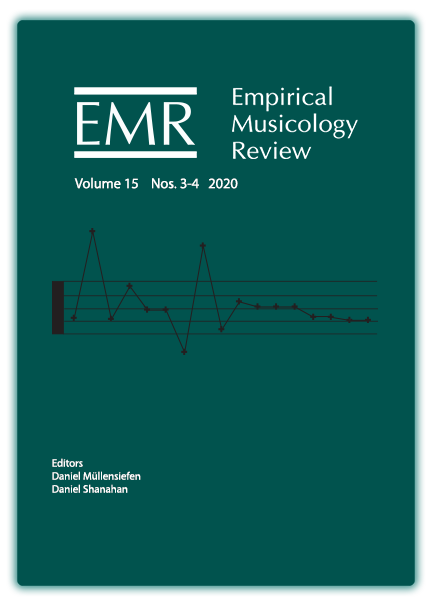Isaac Newton's Microtonal Approach to Just Intonation
DOI:
https://doi.org/10.18061/emr.v15i3-4.7647Keywords:
just intonation, equal division of the octave, logarithmic approximationAbstract
In 1665 Isaac Newton wrote a notebook in which he collected materials for a musical treatise which was never completed. He investigated ways of approximately representing just intonation scales by dividing the octave into many equally sized intervals. Strictly speaking, equal divisions of the octave are incompatible with just intonation, and just intonation intervals are audibly different from the intervals played on a modern equally tempered modern piano. By increasing the number of parts of an equal division, just intonation can be approximated arbitrarily well. Scales with more than 60 microtonal steps per octave, however, never gained wide acceptance in music theory or practice. Newton divided the octave into 612 equal parts so that he could represent the syntonic chromatic scale very accurately and he studied several equal divisions of the octave with fewer parts. His approximation problem is looked at in three ways: (1) A reconstruction of how he determined the many EDO-representations listed in the notebook is given. (2) Using computer programs Newton's tuning problem is solved "empirically" through calculating and evaluating the related approximations comprehensively. (3) The findings from the computer-assisted analysis are used to develop a more general geometric approach to the approximation problem.
Published
How to Cite
Issue
Section
License
Copyright (c) 2021 Daniel Muzzulini

This work is licensed under a Creative Commons Attribution-NonCommercial 4.0 International License.


